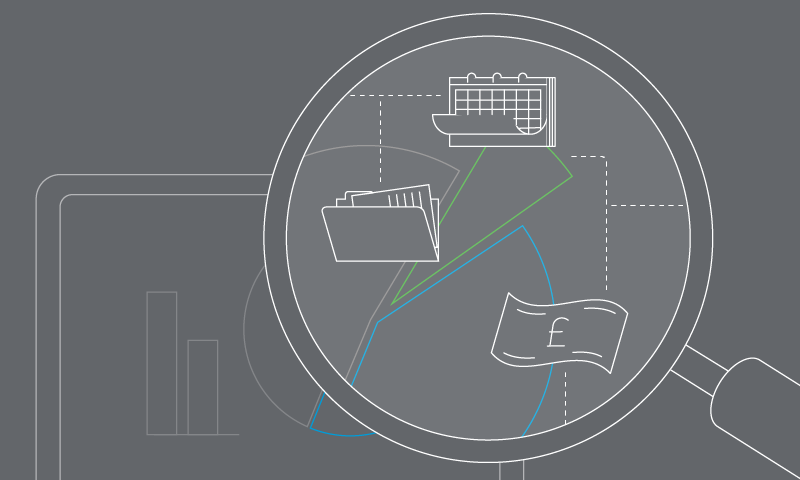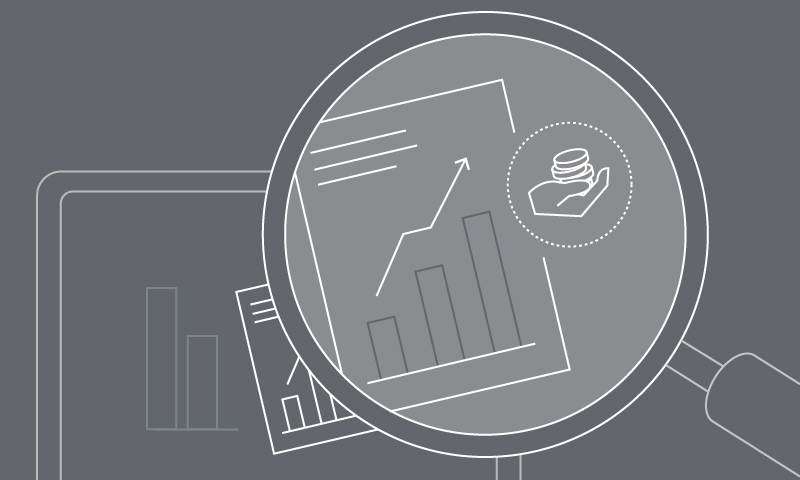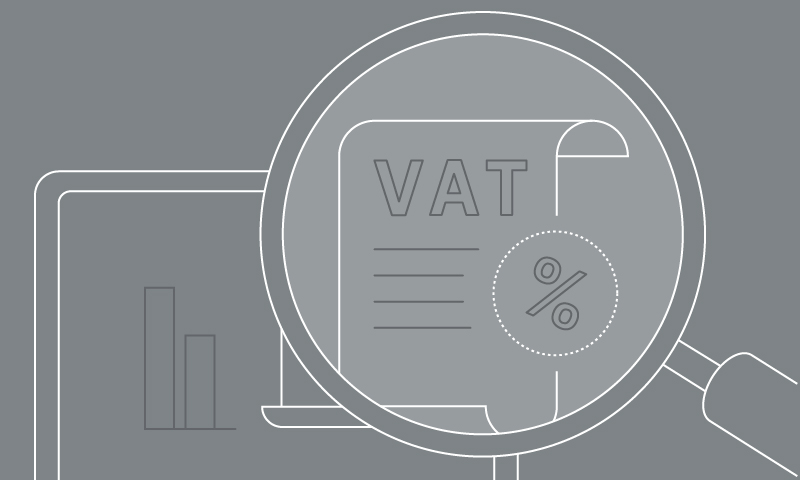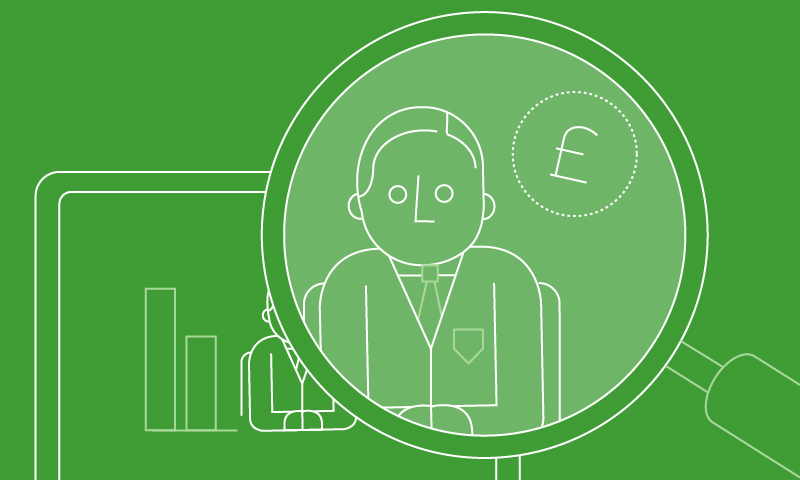18 November 2022
Income tax
In line with Jeremy Hunt’s previous assertions that ’people with the broadest shoulders will bear the heaviest burden’, a main focus of his Autumn Statement was unsurprisingly that those who have more should be expected to contribute more. The key measure announced was therefore consistent with speculation beforehand, based on apparent leaks to presumably socialise the change from the Treasury, that the income threshold above which individuals start to pay income tax at 45% will be reduced from £150,000 to £125,140.
Many will be aware of the potential effective income tax rate of 60% that can apply when an individual’s income exceeds £100,000. The change to the 45% tax rate threshold potentially adds an additional layer of complexity if this threshold is not increased in line with any future increases to the personal allowance. A failure to do so could result in the creation of a new 67.5% effective income tax rate band (potentially 69% in Scotland). Thankfully that problem can wait for another day, but what is clear is that this headline measure, when combined with the already announced increase to the dividend tax rate, means those with the deepest pockets will be contributing more going forward.
However, the tax increases are not just aimed at the highest earners, and all taxpayers will be doing their bit. Although there were no increases to the headline tax rates, the freezing of income tax allowances and rate bands will continue up to April 2028 - a longer period than was initially expected. As wages continue to rise, this means that more taxpayers will be pulled into paying higher taxes – even some of those earning the National Minimum Wage, due to the effects of fiscal drag.
Despite the need for fiscal responsibility and to share the burden of increasing tax revenues, there are some who will be impacted disproportionately by the frozen allowances. As wages increase, those who are paying back student loans, suffering a claw back of child benefit through the high-income child benefit charge (HICBC) and/or have reduced personal allowances due to their income exceeding £100,000 will see a significant increase in their effective tax rate in certain income bands.
Nevertheless, the chancellor recognised the need to support the most vulnerable in society, with a focus on getting those who can into work and targeted support to ensure that people have sufficient income to live. He also committed to maintaining the annual state pension increase in line with the triple lock, as well as increasing pension credit. However, for those who rely on supplementing their income with investment returns, there is also bad news, with the capital gains tax (CGT) annual exempt amount reducing (as noted below) and the dividend allowance being firstly halved to £1,000 and then halved again to £500 in 2025. The dividend allowance was brought in, alongside other tax allowances, to remove a significant number of taxpayers from the requirement to submit self-assessment tax returns. However, the reduction in this allowance will push more individuals back into the self-assessment system, as will the fact that the similar savings allowance has been frozen just as interest rates on savings accounts begin to increase. Much like those who are unaware of the need to submit a tax return to account for the HICBC, there is a likelihood that a number of unrepresented taxpayers will not be aware of the requirement to self-assess their income and to pay tax resulting from these changes.
Capital gains tax
There had been some speculation around whether there would be an increase in the headline rate of CGT, or changes to the reliefs available to shelter gains from tax. The main change to CGT announced in the Autumn Statement, however, is a significant and surprising reduction in the annual exempt of gains that can be realised free of CGT; from £12,300 for 2022/23 to £6,000 for 2023/24 and £3,000 for 2024/25.
Anti-avoidance
Despite the rhetoric prior to the Autumn Statement regarding individuals who are resident but not domiciled in the UK, the only specific measure targeted at this group is to close a potential loop-hole that such individuals could previously benefit from. This measure deems shares and securities in a non-UK company that were acquired in exchange for those of a UK company, to be located in the UK for CGT purposes, thereby ensuring that any subsequent gain on the disposal of the non-UK company shares or securities is taxable in the UK, even where the remittance basis of taxation is available to the individual concerned. The income received in respect of such shares and securities that are deemed to be located in the UK is not relevant foreign income and hence UK resident non-domiciled individuals receiving such income will also pay any UK income tax due on the arising basis. The legislation will be introduced in spring 2023 but will be effective from 17 November 2022.
Inheritance tax
Despite renewed calls in sections of the media for the abolition or significant reform of inheritance tax (IHT), the only announcement on IHT was that the current nil rate band of £325,000 and residence nil rate band of up to £175,000 (tapering for those whose estates are worth over £2m) will continue to operate in their current form until at least 2028. By then the nil rate band, in particular, will not have increased since April 2009. In the context of the booming house prices seen over the last decade, the ongoing rise in IHT receipts looks set to continue.







